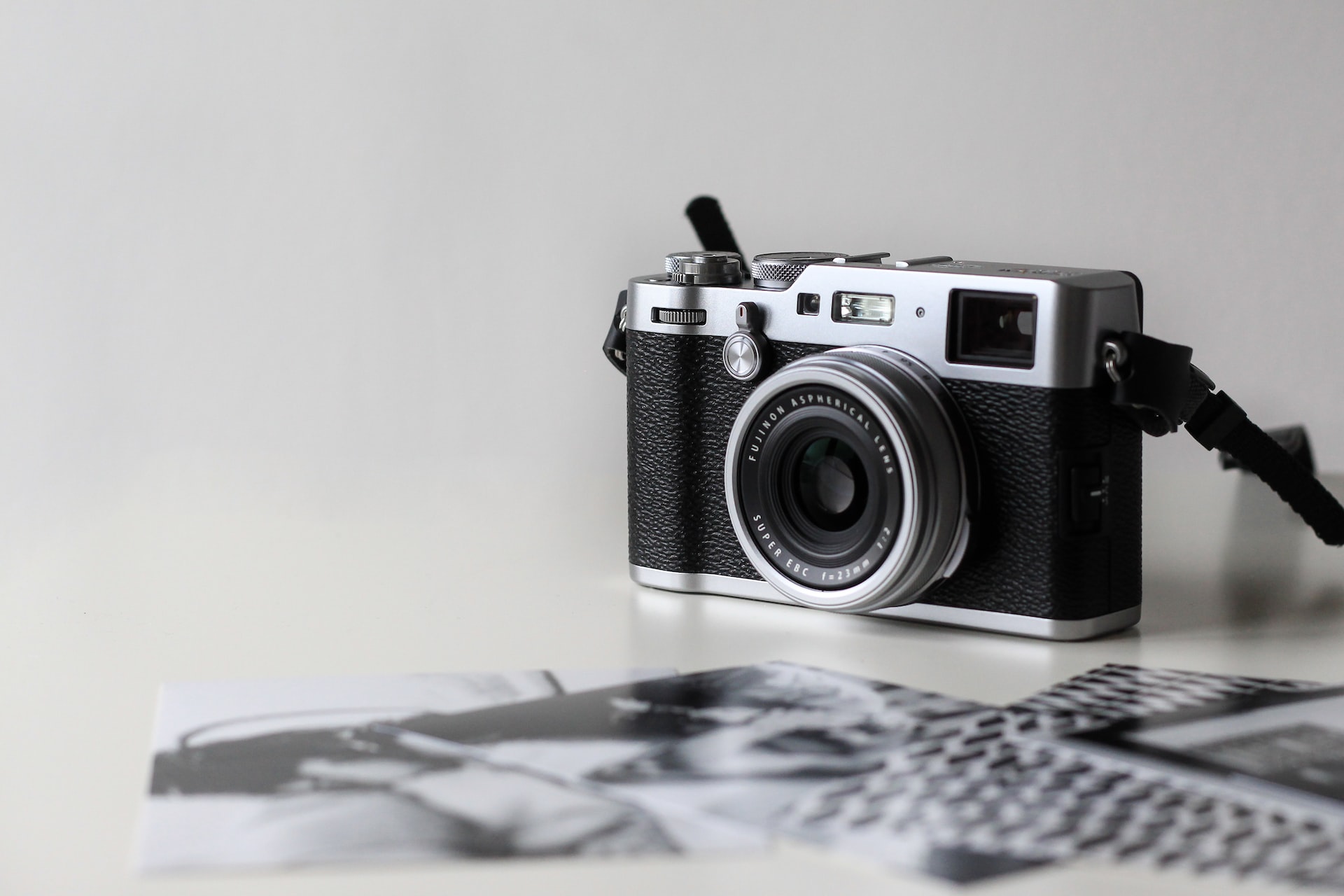Introduction:
Disposable cameras have been a common choice for amateur photographers. Originally marketed as a convenient and inexpensive alternative to traditional film cameras, they quickly gained popularity among people who wanted to capture special moments without investing in expensive equipment or the hassle of developing and printing their own film.
However, in recent years there has been a growing trend towards sustainable and eco-friendly products, and disposable cameras are coming under scrutiny for their environmental impact. The single-use design of these cameras means they produce a significant amount of waste as the plastic case and film cannot be recycled.
Enter the reusable disposable camera. This innovative new product offers all the convenience of a disposable camera, but with a greener design that allows it to be used multiple times. In this article, we take a closer look at the reusable disposable camera and explore its pros and cons.
What is a Reusable Disposable Camera?
A reusable disposable camera is a camera that can be used multiple times but is still designed to be convenient and easy to use, similar to a traditional disposable camera. These cameras typically feature a simple point-and-shoot design with a fixed-focus lens and built-in flash. The main difference between a reusable disposable camera and a traditional disposable camera is that a reusable camera can be reloaded with the new film once the original roll is used up.
Reusable disposable cameras come in a variety of designs and styles, but they all share a similar goal: to provide an eco-friendly alternative to traditional disposable cameras. By allowing users to reuse the camera multiple times, they help reduce the amount of plastic waste generated by single-use cameras.
Advantages of Reusable Disposable Cameras:
The main advantage of a reusable disposable camera is its environmental friendliness. By allowing users to reuse the camera multiple times, these products help reduce the amount of plastic waste generated by traditional single-use cameras. This is especially important given the growing concerns about plastic pollution and its environmental impacts.
In addition to being more sustainable, reusable disposable cameras also offer several other advantages over traditional disposable cameras. First, they are usually more affordable in the long run. Although the initial cost of a reusable camera may be higher than a disposable camera, users can save money over time by not having to buy new cameras every time they want to take pictures by using their existing cameras more than once.
Reusable cameras also offer more control and flexibility over the photographic process. While traditional disposable cameras typically have fixed-focus lenses and limited exposure settings, many reusable cameras allow users to adjust focus, aperture, and shutter speed, giving them more creative control over their images.
Disadvantages of Reusable Disposable Cameras:
While there are plenty of advantages to using a reusable disposable camera, users should be aware of some disadvantages as well. One potential downside is that reusable cameras may not be as convenient or easy to use as traditional disposable cameras. Because they are designed to be reloaded with film, they can take more time and effort to use than simple disposable point-and-shoot cameras.
Reusable cameras may not provide the same level of image quality as more sophisticated film cameras or digital cameras, which is another potential disadvantage.
While some reusable cameras offer adjustable focus and exposure settings, they are still limited by the quality of the lens and film used. Customers looking for high-quality images can take this into consideration.
The use of film, which is not always a sustainable material, is still necessary for reusable cameras, even though they are more environmentally friendly than regular disposable cameras.




